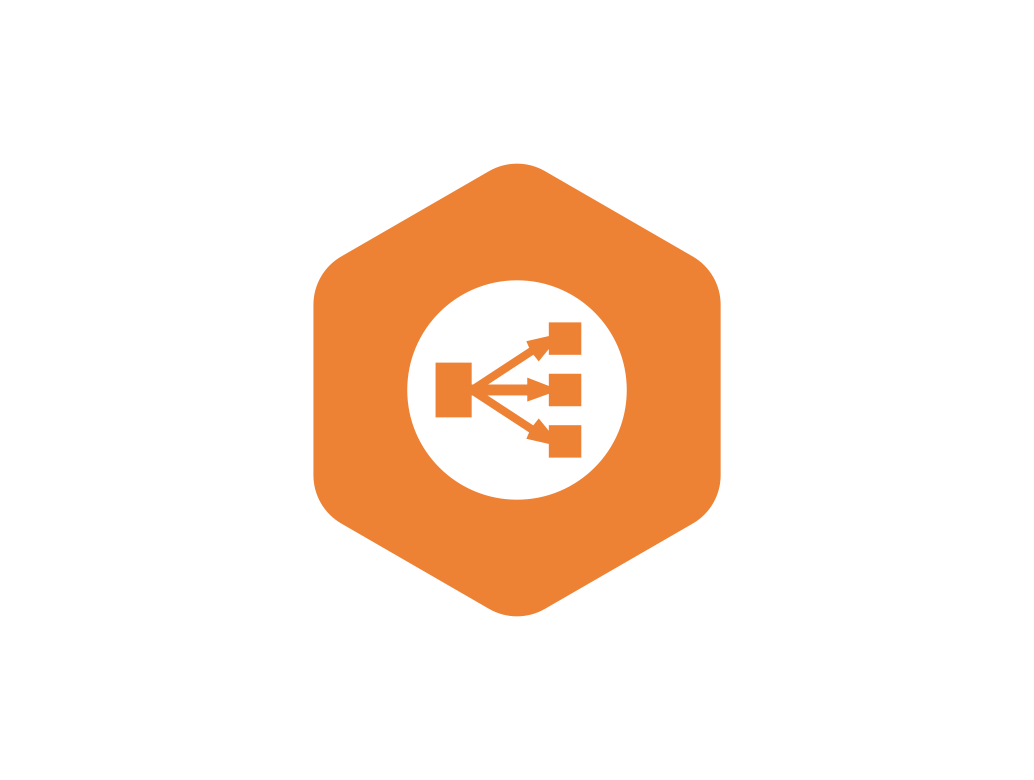Conquering the Traffic Avalanche: A Guide to AWS Load Balancers
 Sarvadnya Jawle
Sarvadnya Jawle
Imagine you've built a beautiful restaurant. The initial buzz is great, but as word spreads, the line out the door becomes overwhelming. Suddenly, your charming bistro transforms into a chaotic mess, with frustrated customers and overworked staff. Sound familiar? This, my friends, is the world of web applications without load balancing.
So, what is a Load Balancer?
Think of it as a master maître d', greeting and distributing your online guests (i.e., user requests) among your fleet of servers (the restaurant tables). Instead of cramming everyone at the first available table, the load balancer ensures smooth traffic flow by intelligently routing requests to servers with the capacity to handle them.
But why do we need Load Balancers?
Remember our charming restaurant? As your web application gains popularity, the number of simultaneous requests (hungry customers) can quickly overwhelm your single server (the lone chef). This leads to slow response times, frustrated users, and potential downtime – the equivalent of angry diners abandoning your restaurant.
Enter the Load Balancing cavalry!
By adding more servers (tables) to your application and utilizing a load balancer, you can:
Boost Scalability: Handle increased traffic without server overload, ensuring a smooth user experience.
Enhance Availability: If one server (chef) has a bad day, the load balancer routes requests to others, preventing downtime.
Optimize Performance: By distributing the load evenly, you minimize response times and keep your users happy.
Load Balancing Techniques: Not Just Round Robin!
While round robin is a common technique, like seating guests in a circular queue, many advanced load balancing algorithms exist. Each leverages different layers of the OSI model, the seven-layer framework that governs network communication.
Understanding the OSI Model:
Imagine a request traveling from your browser to a server like a package traversing a labyrinth. Each layer adds its own touch to the journey:
Application Layer (7): What type of request is it? HTTP? FTP? The load balancer here (like ALB) can route based on content or URL path.
Presentation Layer (6): Encryption happens here. Imagine the load balancer adding a fancy seal to the package for secure delivery.
Session Layer (5): Keeps track of connections, ensuring everyone gets their ordered meal (request).
Transport Layer (4): Breaks down the request into packets for smooth network travel. This is where NLB shines, optimizing data transmission for high-speed applications.
Network Layer (3): Routes the packets through the internet maze, like a GPS for your digital package.
Data Link Layer (2): Ensures error-free data transmission, like checking the package for tears before delivery.
Physical Layer (1): The cables and signals carrying the data, like the actual path the package takes.
Choosing the Right Load Balancer:
Each AWS Load Balancer type excels at different tasks:
Application Load Balancer (ALB): The Swiss Army knife, handling content-based routing and security at Layer 7. Think of it as a maître d' knowing who prefers a window seat and who has an allergy.
Network Load Balancer (NLB): The speed demon, focusing on Layer 4 for ultra-fast, low-latency applications like gaming or streaming. Imagine a dedicated delivery service for VIPs, ensuring lightning-fast service.
Gateway Load Balancer (GWLB): The bridge builder, connecting your on-premises applications with AWS resources. Think of it as a secret tunnel between your restaurant and a hidden supplier, keeping the kitchen stocked without disturbing the diners.
Real-World Scenarios:
E-commerce platform: Use ALB to route customers based on their shopping cart contents, ensuring personalized recommendations and a smooth checkout experience.
Live streaming platform: NLB's low latency ensures viewers enjoy uninterrupted streams, even during peak hours, like the Super Bowl halftime show.
Hybrid cloud environment: GWLB seamlessly integrates your on-premises CRM with your AWS database, improving data access for your sales team.
Remember: While ALB and NLB offer built-in security features, they aren't impenetrable fortresses. Consider additional security layers like AWS WAF for comprehensive protection.
Conclusion:
In conclusion, load balancers are your digital maître d', ensuring your online restaurant runs smoothly even during peak traffic hours. By understanding the OSI model and the strengths of each load balancer type, you can confidently choose the right tool to keep your users happy and your application thriving. So, go forth and conquer the traffic avalanche – your virtual diners deserve a five-star experience!
Subscribe to my newsletter
Read articles from Sarvadnya Jawle directly inside your inbox. Subscribe to the newsletter, and don't miss out.
Written by

Sarvadnya Jawle
Sarvadnya Jawle
I am DevOps enthusiastic person. I work on Docker, Kubernetes and Open source. talks about cloud native tools.